Presentation
CT angiography for evaluation of cervical carotid stenosis.
Patient Data
Age: 85-years
Gender: Female
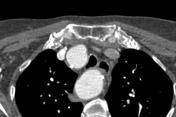

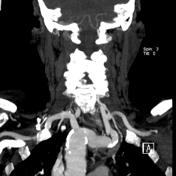

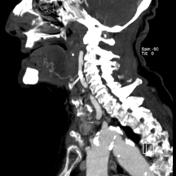

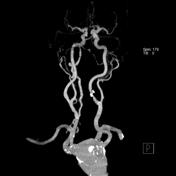

Download
Info
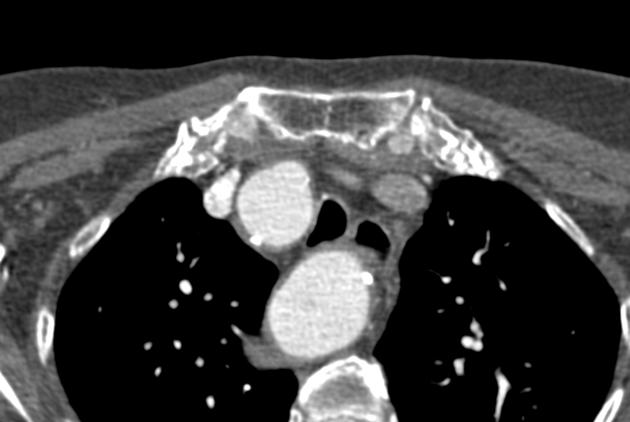
Right aortic arch and the aberrant origin of the left subclavian artery, which passes anterior to the esophagus, is dilated (Diverticulum of Kommerell).
Case Discussion
A Kommerell diverticulum refers to the bulbous configuration of the origin of an aberrant left subclavian artery in the setting of a right-sided aortic arch. However, it was originally described as a diverticular outpouching at the origin of an aberrant right subclavian artery with a left-sided aortic arch.




 Unable to process the form. Check for errors and try again.
Unable to process the form. Check for errors and try again.